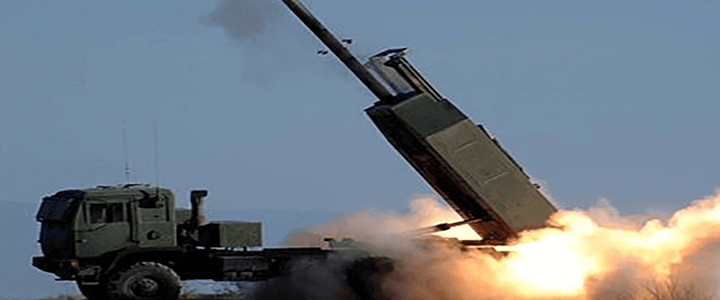It’s been a busy week in the missile defense community, and it’s not all coincidence.
The latest drama began on Saturday, Nov. 4, as President Trump was preparing to begin his Asia trip. Saudi Arabian forces intercepted a ballistic missile over the capital of Riyadh. Houthi rebels who control the Yemeni government admitted firing the missile, which is believable, and also that they built it, which is not. Saudi officials almost immediately blamed Iran for supplying the missile, and U.S. officials later announced that the fragments recovered bear Iranian markings.
The missile, known alternately as the Volcano H-2 or the Burkan 2-H, is a variant of the Soviet-designed Scud missile widely used throughout the Arab world. The missile that intercepted it, Lockheed Martin’s PAC-3 variant, is a current version of the Raytheon Patriot missiles that began shooting down Scuds over Saudi Arabia during operations Desert Shield and Desert Storm in 1991.
Meanwhile, as the president began his Asian tour in Japan with a call for the Japanese to buy more American-made anti-ballistic missile hardware, his Office of Management and Budget submitted a $4 billion supplemental request to Congress to bolster domestic missile defenses. Among the items the memo to Speaker of the House Paul Ryan (R-Wis.) asked for are:
- $2.1 billion to build another Ground-Based Interceptor launch site at Fort Greely, Alaska, as well as 20 new GBIs, the launch vehicle used in the Ground-Based Midcourse Defense (GMD) system, 16 of Raytheon’s Standard Missile-3 Block IIA interceptors (part of a system developed with Japanese cooperation, and the same missile Raytheon hopes to sell to Poland), and 50 of Lockheed Martin’s Terminal High Altitude Area Defense (THAAD) interceptors.
- $839 million for improvements, including 147 PAC-3 Missile Segment Enhancement interceptors.
- $214 million for radar and ISR upgrades.
- $674 million to repair the USS John S. McCain and the USS Fitzgerald, the two Arleigh Burke-Class guided missile destroyers damaged in separate collisions in the Pacific this year.
The same day that OMB sent the budget request, Aviation Week reported that Raytheon is planning to upgrade the AN/TPY-2 missile defense radar system with gallium nitride components. Gallium nitride is seen as a faster, more temperature-resistant replacement for silicon, an important factor in a system that claims to be able to track multiple targets as small as a baseball from hundreds of miles away and almost instantly calculate their trajectories.
The GMD remains the country’s primary interceptor for hitting a ballistic missile in the second (and highest) of three phases of its trajectory. In testing, however, the system has only been 50-percent successful. The THAAD system, by comparison, intercepts in the terminal, or third phase of the trajectory, and has achieved 100-percent accuracy in testing to-date. To improve the GMD’s accuracy, Kris Osborn at Scout Warrior reported Thursday that the Missile Defense Agency is working with Northrop Grumman to field a new command-and-control system that will accelerate communication between ground systems and an interceptor missile in flight, to better guide the interceptor to its target.
According to Osborn, a Northrop Grumman official confirmed that the next GMD test will incorporate these new C2 components.
Meanwhile, during Trump’s time in Japan, South Korea, and China, Kim Jong-un and the North Korean propaganda machine stayed largely silent. The insults heated back up as Trump moved to Vietnam, but the fact that the DPRK remained so restrained during the American visit to the region should be an indication that their bark is worse than their missiles’ bite.
A large part of the credit for keeping North Korea so restrained goes to the increasing reliability of U.S. ballistic missile defenses.



